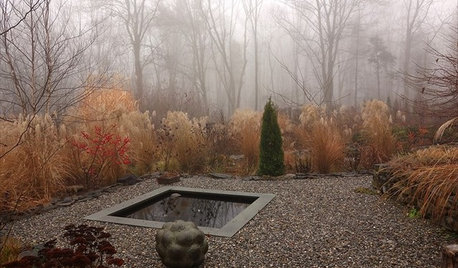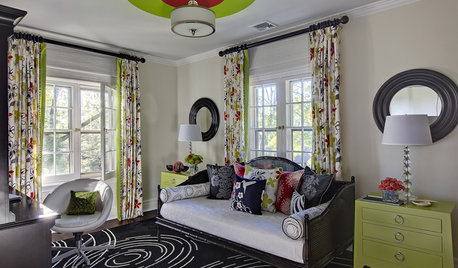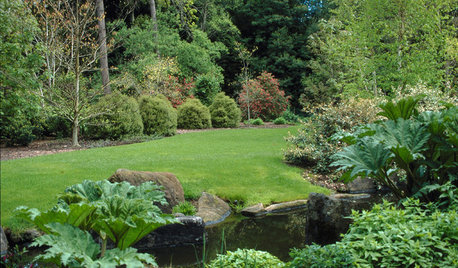Help with Hibiscus Identity
Outsidethebox
10 years ago
Related Stories

LIFEYou Said It: Look for ‘Possibilities, Meaning and Identity’ and More
Design advice, inspiration and observations that struck a chord this week
Full Story
BATHROOM WORKBOOKStandard Fixture Dimensions and Measurements for a Primary Bath
Create a luxe bathroom that functions well with these key measurements and layout tips
Full Story
DECORATING GUIDESHow Repetition Helps Rooms Shape Up
To give your interior designs a satisfying sense of rhythm, just add circles, squares or rectangles and repeat
Full Story
LANDSCAPE DESIGNNative Plants Help You Find Your Garden Style
Imagine the garden of your dreams designed with plants indigenous to your region
Full Story
GARDENING GUIDESYou Don't Need Prairie to Help Pollinators
Woodlands, marshes, deserts — pollinators are everywhere
Full Story
SELLING YOUR HOUSEHelp for Selling Your Home Faster — and Maybe for More
Prep your home properly before you put it on the market. Learn what tasks are worth the money and the best pros for the jobs
Full Story
LIFE12 House-Hunting Tips to Help You Make the Right Choice
Stay organized and focused on your quest for a new home, to make the search easier and avoid surprises later
Full Story
ORGANIZINGHelp for Whittling Down the Photo Pile
Consider these 6 points your personal pare-down assistant, making organizing your photo collection easier
Full Story
SELLING YOUR HOUSE10 Tricks to Help Your Bathroom Sell Your House
As with the kitchen, the bathroom is always a high priority for home buyers. Here’s how to showcase your bathroom so it looks its best
Full Story
ORGANIZING4 Questions to Help You Organize Your Favorite Photos
Organize your keeper photos with a system that's just right for you, whether it's in the cloud or you can hold it in your hand
Full StoryMore Discussions






rusty_blackhaw
OutsidetheboxOriginal Author
Related Professionals
Windham Landscape Architects & Landscape Designers · Norton Shores Landscape Architects & Landscape Designers · Edmond Landscape Contractors · Peabody Landscape Contractors · Battle Ground Landscape Contractors · Brockton Landscape Contractors · Lexington Landscape Contractors · Maywood Landscape Contractors · South Portland Landscape Contractors · The Villages Landscape Contractors · Margate Carpenters · Norwood Carpenters · Frisco Roofing & Gutters · St. Louis Roofing & Gutters · Blue Island Roofing & Guttersfatamorgana2121
HerbDoctor
OutsidetheboxOriginal Author
fatamorgana2121
rockguy
kaliaman
rusty_blackhaw
kaliaman
rusty_blackhaw
Ina Plassa_travis